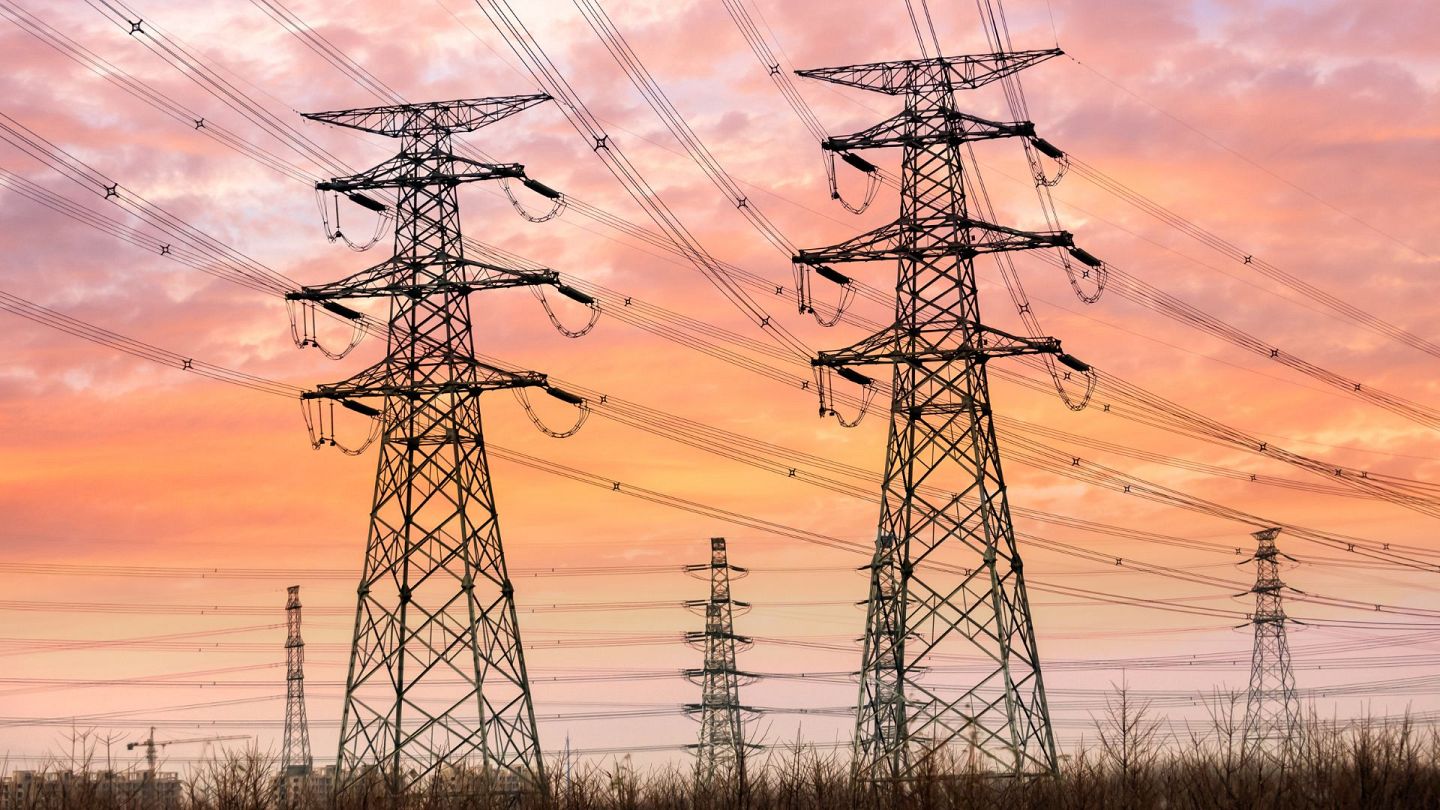According to industry leaders, electricity supply is the latest chokepoint for AI, with billion-dollar investments being made in computing infrastructure by major tech companies. The construction of data centres, which house the physical components underpinning computer systems, requires careful planning and construction, which can take several years to complete.

Moreover, the capacity constraints in popular data centre locations, such as northern Virginia, threaten to stifle further expansion. Moreover, the global shift towards renewable energy to address climate change adds another layer of complexity to the issue.
To meet the growing electricity demands of AI while keeping pace with the technological advancements, it is essential to find sustainable solutions. The widespread adoption of renewable energy and efficiency improvements is a crucial component of this sustainable solution.
Renewable energy sources, such as wind and solar power, are increasingly becoming cost-competitive with traditional energy sources and have zero greenhouse gas emissions. Moreover, the abundance of renewable energy resources in some jurisdictions, like Norway and Iceland, makes them attractive locations for data centres.
Efficiency improvements are another way to reduce the electricity demands of the AI industry. Data centres can make significant strides in energy efficiency through measures such as server virtualization, power management, and cooling optimizations. These measures can lead to energy savings of up to 80%, making a significant impact on the overall electricity demands of the AI industry.
Additionally, the adoption of edge computing is a promising approach to reduce the energy demands of the AI industry. By processing data closer to the source, edge computing eliminates the need for long-distance data transfer and the energy consumption of large data centres, reducing the overall carbon footprint.
Moreover, not only do these sustainable solutions help address the environmental concerns, but they also create new business opportunities for renewable energy companies and technology providers. It is crucial that we continue to innovate, collaborate, and invest in sustainable solutions to meet the electricity demands of the AI industry.
The AI industry’s growth holds incredible promise, but it also comes with challenges. Meeting the electricity demands of the AI industry in a sustainable way is an essential step in ensuring the technological advancements continue unabated while minimizing the environmental impact. By adopting renewable energy sources and efficiency improvements, we can create a more sustainable and innovative future.
Related Articles
- Amid record high energy demand, America is running out of electricity - The Washington Post
- Here are the big hurdles to the global push to build up renewable energy - The Washington Post
- Energy agency announces $6 billion to slash emissions in industrial facilities - The Washington Post
- How to make your home all-electric when adding EVs, appliances and more - The Washington Post
- Energy agency announces $6 billion to slash emissions in industrial facilities - The Associated Press

